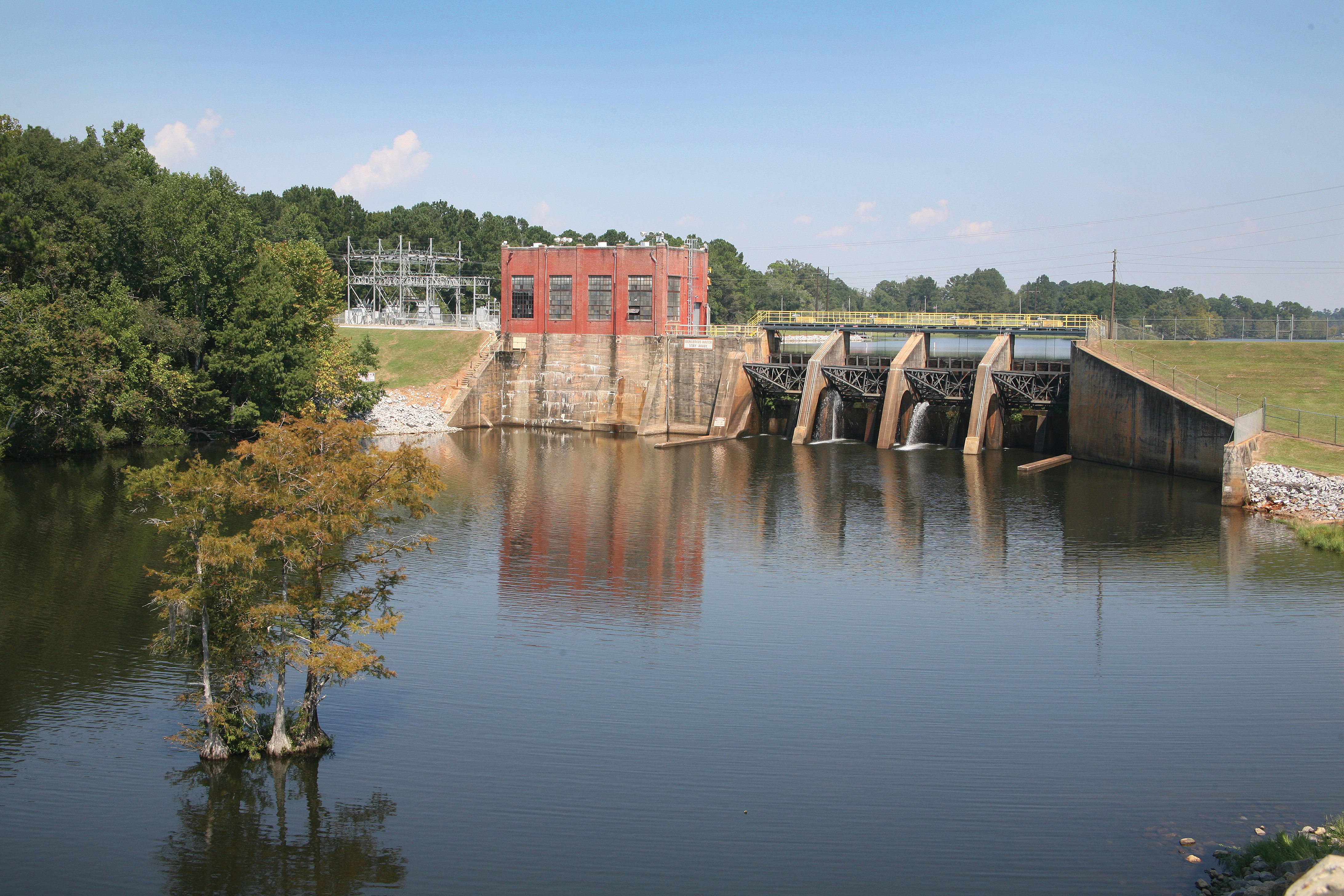Current Light Flashes
The official voice of West Florida Electric Cooperative:
What are Baseload Power Sources?
Baseload power is the minimum amount of power needed to be supplied to the power grid at any given time. Demand for electricity fluctuates throughout the day. Having baseload power sources reduces the need for load curtailment and blackouts to maintain the integrity of the electrical grid.
While peaking generation must follow the varying hourly electricity needs as demand rises and falls, baseload generation operates constantly to support the increment demand that is always there no matter the time of day or day of the week. The U.S. grid is powered by a variety of baseload generation sources, including coal-fired power plants, natural gas combined cycle plants, nuclear plants, hydropower plants, and geothermal plants. In the last decade natural gas has displaced coal as the predominant baseload electricity source in the U.S.
Some sources of renewable power are available 24/7 (hydro power, or geothermal power) and are well suited to serve as baseload units. Both wind and solar are intermittent sources of energy and only generate when the wind is blowing, or the sun is shining.
The U.S. has set an overall goal of decarbonizing the generation of electricity by 2035, as part of the effort to reach net zero emissions for the entire U.S. economy by 2050. With coal and natural gas plants currently generating 60 percent of the power, the transition to a decarbonized grid is a lofty goal that will create major challenges for the electric utility industry.

